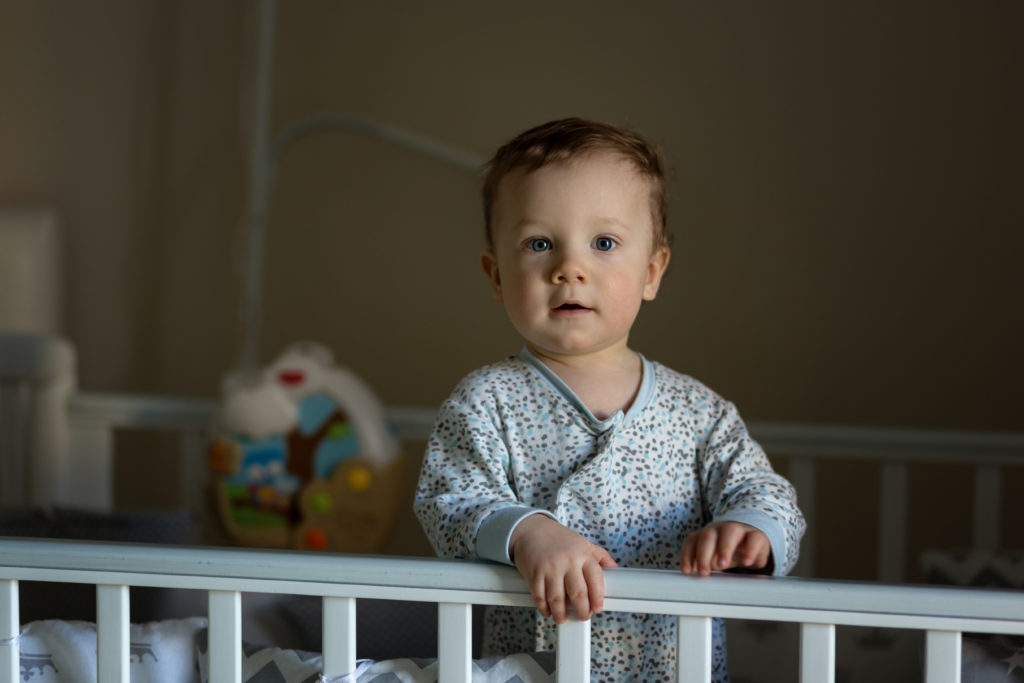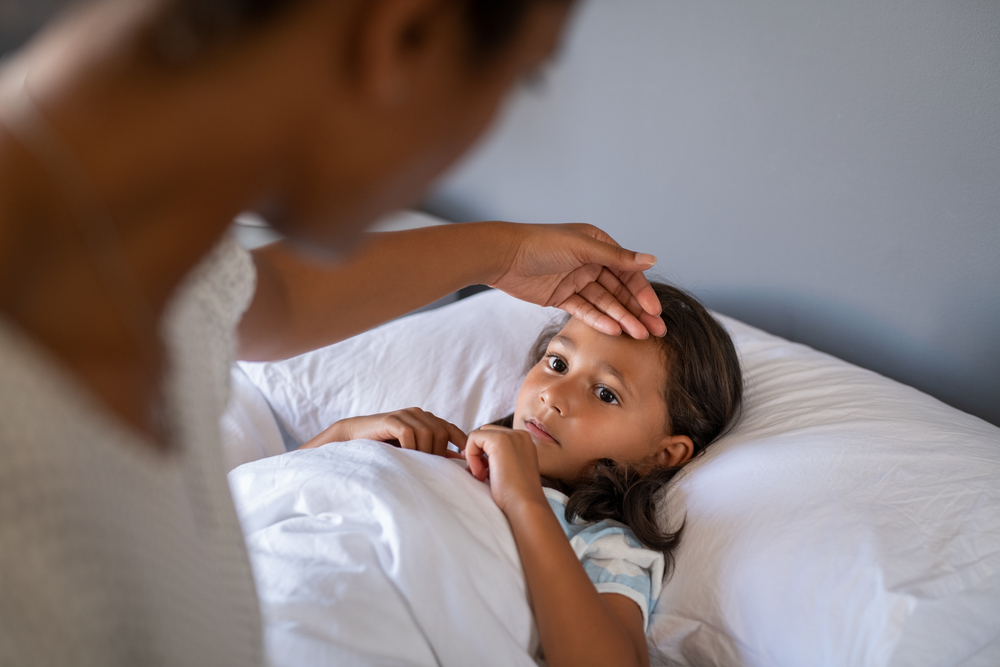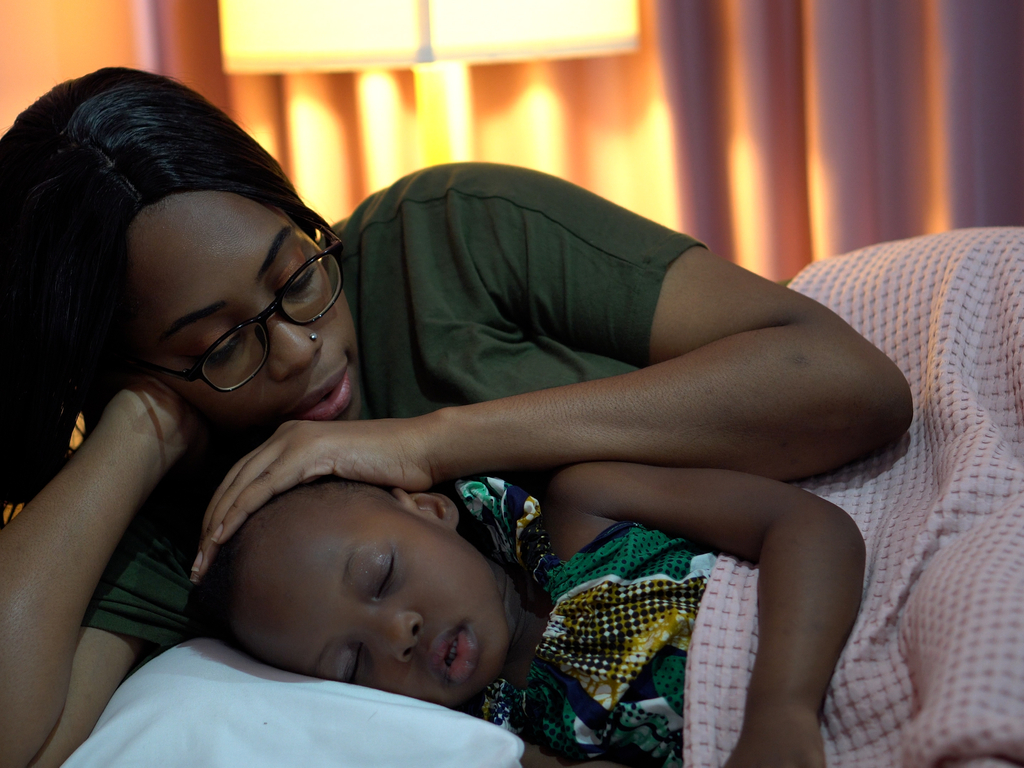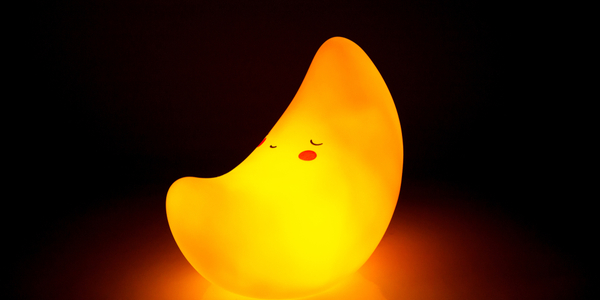
Sleep Myths Busted
At Millpond Sleep Clinic, we often hear parents sharing well-meaning advice based on “old wives’ tales” handed down through generations.
To help you separate fact from fiction, we’re busting some of the most common sleep myths about your child’s sleep.
Myth# 1. A baby will fall asleep when they’re ready
Babies and toddlers thrive on simple repetitive routines as they feel safe and secure, knowing what’s coming next.
Aim to carry out the same series of steps every night, about 30 minutes before your little one goes to bed.
Having a regular time for bed and a bedtime ritual means your child is not over-tired, making it easier for them to relax, fall asleep and sleep through the night.
Equally having a regular waking time in the morning and regular naps will secure their sleep pattern, improving both the amount and quality of their sleep
Myth# 2. By 6 months babies sleep through the night.
Firstly, it is normal for babies to wake during the night and some will “sleep through” sooner than others.
We all naturally stir and rouse as we transition between sleep cycles. Typically, your baby will wake briefly between 2 and 6 times a night. Some babies who can soothe themselves back to sleep may wake for a few minutes and go back to sleep on their own, while other babies need their parent’s help to get back to sleep.
The key is to introduce a consistent calming bedtime routine to help your baby wind down from the day, and to introduce a gentle settling technique to help support your baby in learning how to self-settle at bedtime.
By six months, your baby’s sleeping and waking patterns become more organised so they can now sleep for longer periods of the night. However, research shows that 25 to 50% of babies at this age will continue to wake in the night; babies can only predictably sleep through the night around their first birthday.
Myth# 3. Keeping babies awake during the day means they sleep more at night.
Naps are vital to babies and just as important as the sleep they get at night. When a baby is awake too long, they are more likely to become overstimulated, fractious, easily upset and difficult to settle to sleep. When a baby is overtired, they are likely to produce higher levels of cortisol and adrenaline. These stimulating hormones have the potential to negatively impact your baby’s nighttime sleep.
Myth# 4.Formulae-fed babies sleep better
You may have heard the myth that bottle-fed babies sleep longer at night, however, studies have shown there is no significant difference in sleep patterns between those breastfed and non-breastfed babies (Demirei et al 2012). In fact, evidence suggests night-time breastfeeding is associated with more nocturnal sleep, especially among first-time mothers.
Studies have shown how an amino acid found in nighttime breast milk can help your baby’s sleep. This amino acid, called tryptophan, is converted in the body to melatonin. Levels of tryptophan in breast milk fall during the day and rise at night in line with the mother’s body clock. Receiving tryptophan, through breast milk, has been shown to help babies fall asleep faster and to synchronize with the 24-hour day.
Myth# 5. Does sleep regression exist?
Although sleep regression is not a term recognised in sleep science, it is often used to describe a period of sudden change in a baby’s or toddler’s sleep. Your young baby who previously settled like a dream at bedtime has now turned 4 months and become more social, finds everything fascinating and is easily stimulated by people and her surroundings. Their fear of missing out on fun means they resist sleep and out of the blue cry when you try to get them to sleep. Or your 8-month-old, who has always been happy to say goodnight to you at bedtime cries as soon as you walk towards their bedroom door.
Of course, as all parents know, babies, particularly in their first year, grow and develop at a rapid rate. Sometimes these developmental changes can benefit sleep, but others may impact your child’s sleep.
The good news is not every baby will experience sleep regression or will have sleep regression with every milestone. Any newly acquired skills are to be embraced as a sign your baby is growing well and reaching their milestones. It can be a challenging time for your baby as they adapt to their ever-changing abilities. Like learning any new skill, initially it is difficult to master, a little scary and unsettling but with support from you and lots of practice, it is then mastered.
Myth# 6. Running around just before bed gets rid of that last bit of energy
Children need to relax and be calm an hour before sleep. Running about just before bedtime could give them a “second wind”, and heat their muscles making it harder for them to fall asleep.
Myth# 7. A child full of energy at bedtime is just not sleepy
Being overtired can cause an increase in hormones like adrenaline and cortisol, similar to having too much sugar or caffeine. This can make young children appear hyperactive instead of tired. Setting an earlier bedtime can help them settle before reaching this overtired state, improving sleep quality.
This blog was written by Mandy Gurney RGN.RM.DipHV





















